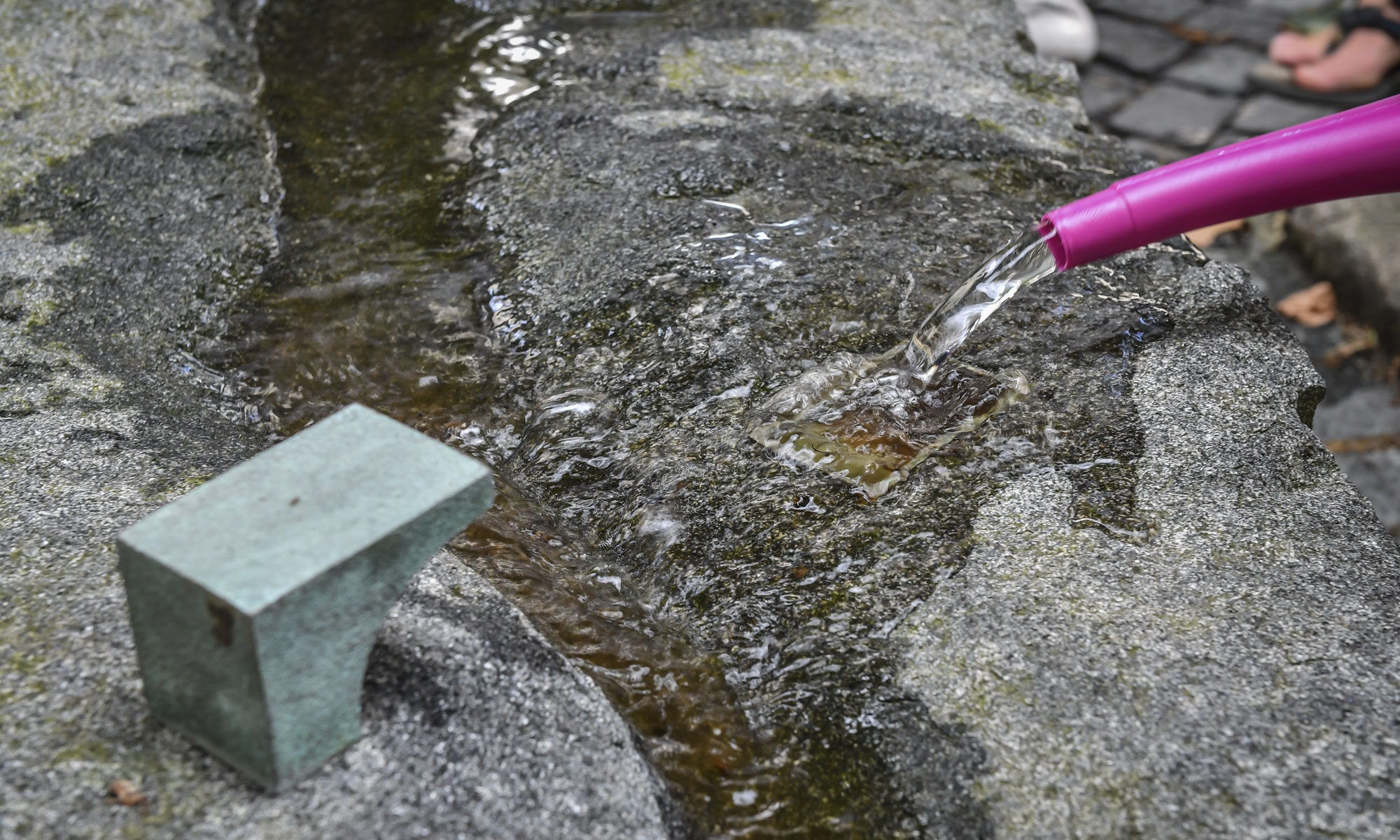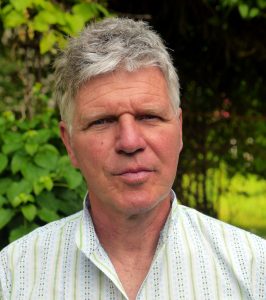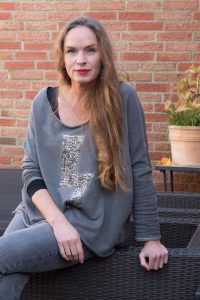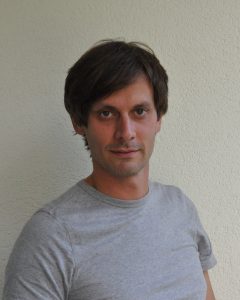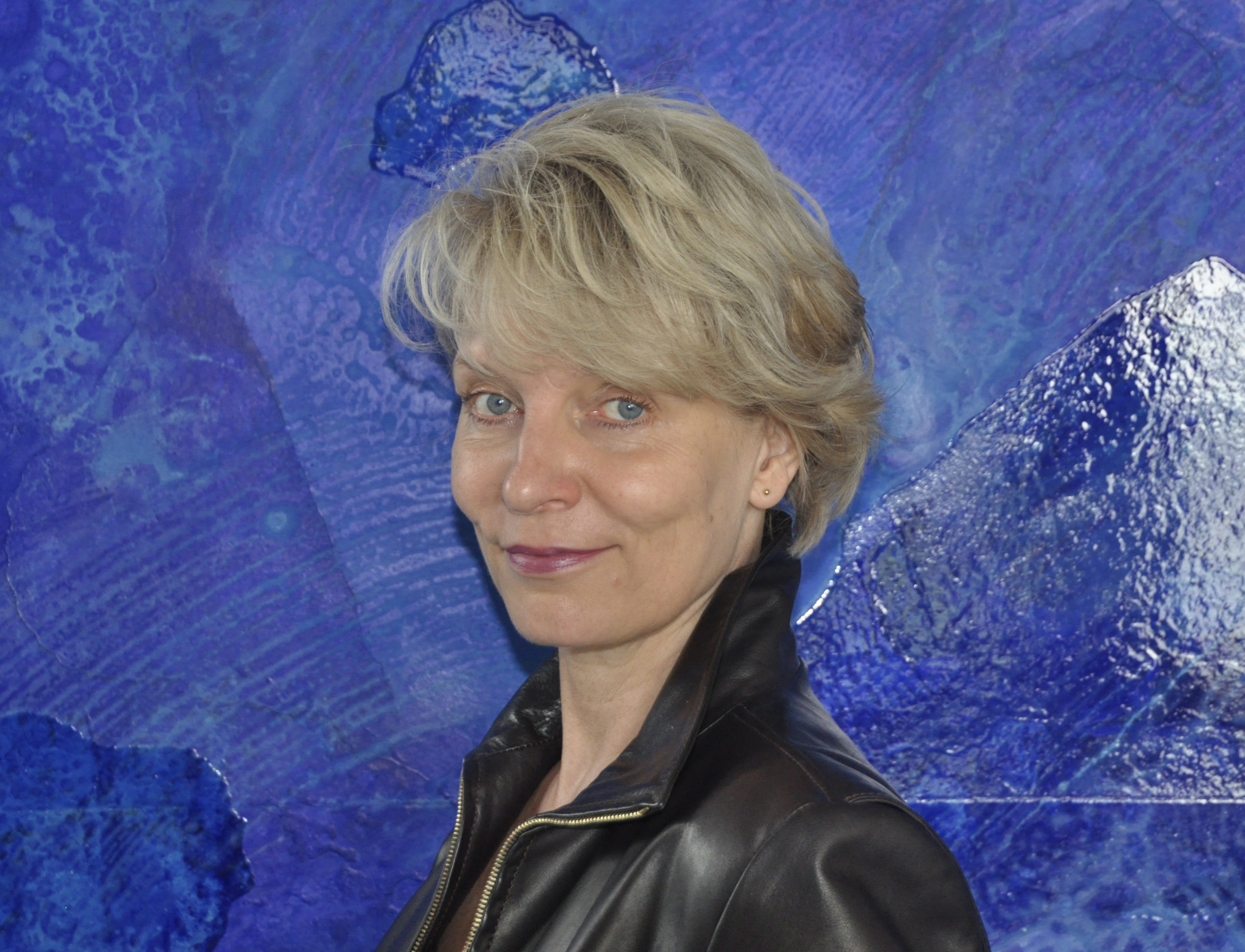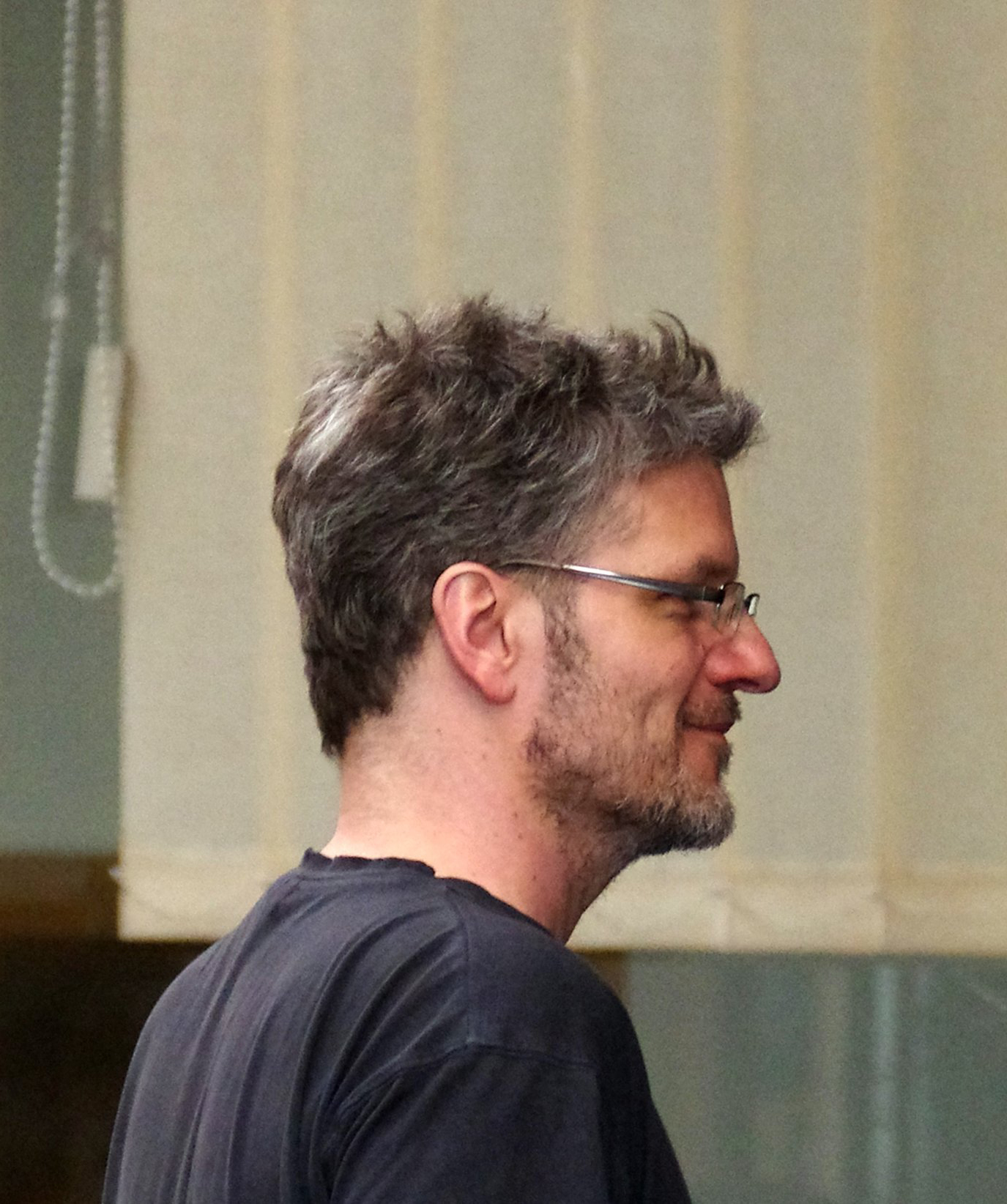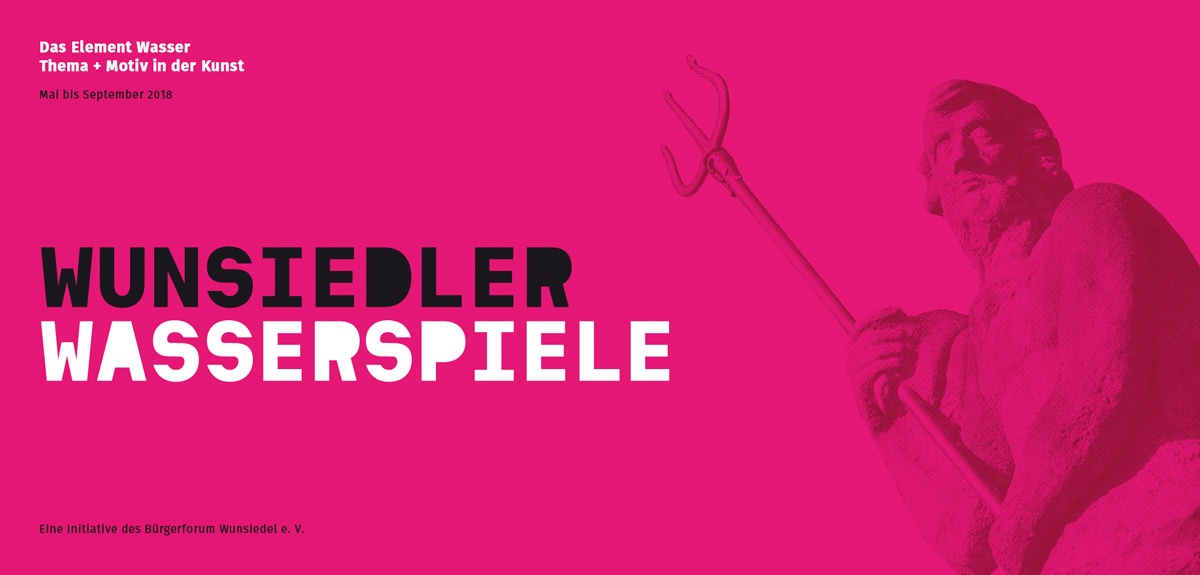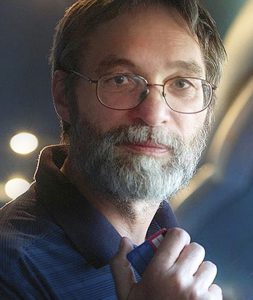
Bořivoj Hořínek was born in 1948 in Vilemov in the Czech Republic. After his studies in Graphics in Prague in 1968, he went to the Academy of Performing Arts in Prague, where he earned his Master’s Degree in Photography in 1977.
His artistic competence stretches from Photography to Video Art, to Installations and to Performance. Bořivoj Hořínek lives and works in Ostrov nad Ohři.
In his work with photography, Hořínek experiments with the manipulation of space, with perception and perspective. The artist works with the the principle of randomness and uses digital technology to record light trails and camera movements used in creating his art. He describes his photographic works with the word “recording” (creating an account) to describe the constructive dillemma when one observes the same thing several times, yet has a different perceptual experience every time.
Hořínek concentrates on installations as well as on photographic works.
